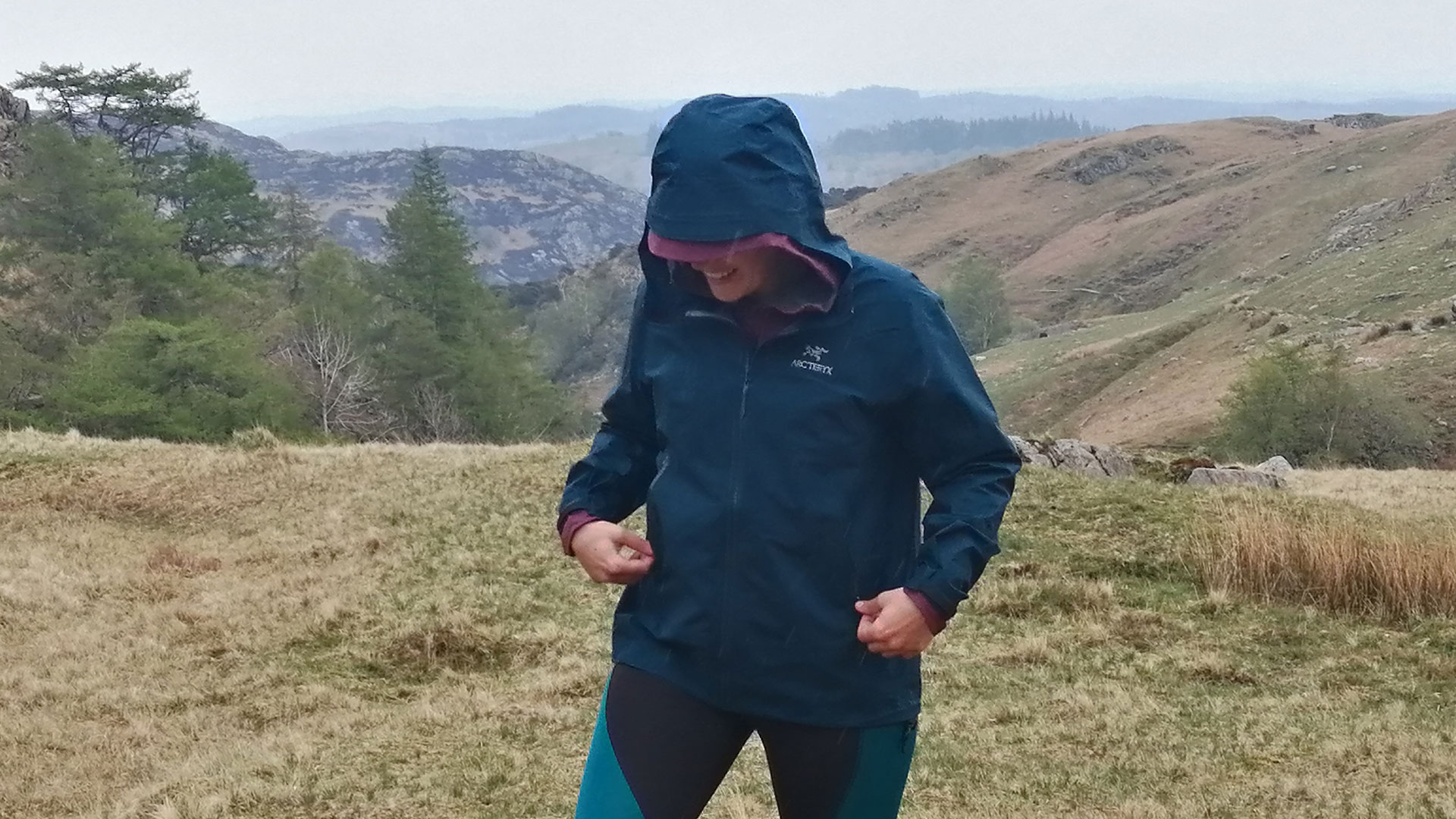Waterproof vs water-resistant jackets: what's the difference?
Waterproof and water-resistant means pretty much the same thing, right? Wrong. Here, we explain the differences


Buying a jacket for the outdoors can be intimidating. Do you want soft shell or hard shell? Gore-Tex or Gore-Tex Pro? And, most confusing of all: waterproof or water-resistant? In this article, we explain the differences between waterproof and water-resistant fabrics, and where you should use them.
While our best waterproof jacket guide is strictly for waterproof jackets, when it comes to winter coats and running jackets, it's likely you'll find most are 'merely' water-resistant. So does that matter? What exactly is the difference, anyway? Read on for a closer look...
Waterproof vs water-resistant jackets: what is the difference?
A water-resistant material is usually made from tightly-woven fabric that's hard for water to penetrate. But if it stays wet for long enough, the water will build up and seep into the material. Water-resistant jackets do not have taped seams, which is where water usually gets in. At the risk of stating the obvious, water-resistant materials offer less protection against rain. They can only withstand light rain or drizzle for short periods of time, and are usually windproof.
A waterproof material does not let water in, no matter how wet it gets. It's also always windproof. An emergency plastic poncho is waterproof, but most waterproof jackets are made from breathable materials. That means they let out water vapour, so you can move around without overheating or getting sweaty (you'll find a better explanation is our What is Gore-Tex? explainer). In addition, a waterproof jacket will have taped seams, to stop water from getting in this way.
What about water repellent jackets?
A water-repellent material is 'hydrophobic'; water cannot sit on it, but beads up and runs off, which stops the fabric becoming saturated. Water-repellent layers are placed on top of waterproof materials to help them to stay breathable. It is used on some water-resistant jackets to make them showerproof, so they'll withstand light rain or drizzle for short periods of time.

Water beading on the surface of the Paramo Velez jacket
Why bother with water-resistant jackets?
You might be thinking 'well waterproof is always going to be the best option', but be aware that there are trade-offs to be made. Waterproof materials are stiffer and more expensive, whilst water-resistant materials are more comfortable and breathable. Waterproof jackets are outer-shells to keep the rain off, whilst water-resistant jackets suit drier conditions. They are used in insulating layers or soft-shell jackets.
Water-resistant clothing is perfect for drier conditions. It is comfortable, usually windproof, and can handle a quick burst of light rain. But if you are expecting a heavy burst of rain, or light rain for longer periods of time, then you will need a waterproof jacket to keep you dry.
Get all the latest news, reviews, deals and buying guides on gorgeous tech, home and active products from the T3 experts
It’s not an either/or decision. You might wear a water-resistant soft shell for most of the day, and keep a waterproof jacket in your backpack. Then, if the rain comes in hard, you can either wear the waterproof jacket on top of the soft shell, or swap them over.
How do you tell the difference between waterproof and water-resistant jackets?
You can’t tell if something is waterproof just by the brand. You have to check the material. And even then it can be confusing: Gore-Tex and Gore-Tex Pro are waterproof materials, but Gore-Tex Infinium is water-resistant; Pertex Quantum is water-resistant, but Pertex Shield is waterproof. It’s not a case of one being better than the other: waterproof and water-resistant are used for slightly different purposes. The right answer is usually a combination.

Ash Bhardwaj is a writer, film-maker and podcaster, who tells unfamiliar stories about familiar places. He travels for adventure, history and current affairs – often involving long, uncomfortable walks. Ash hosts The First Mile, an immersive travel podcast.